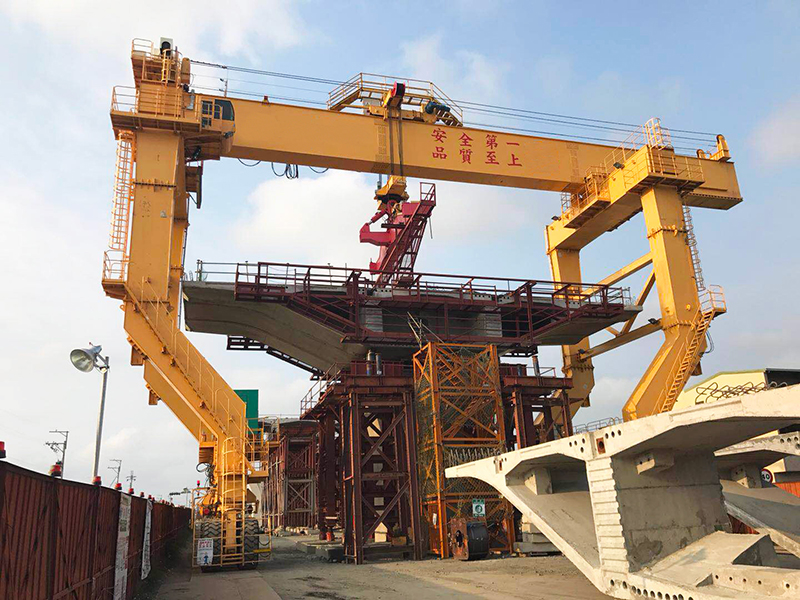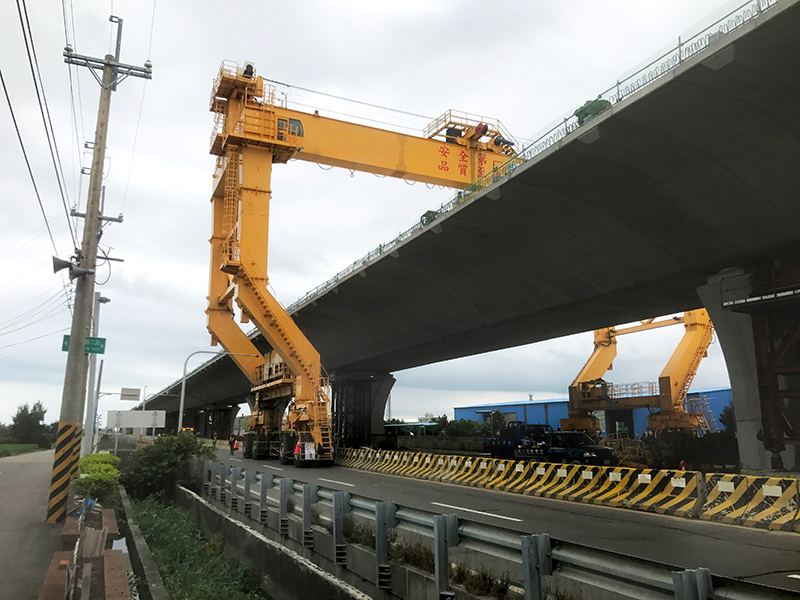In the bustling world of construction, where precision and efficiency are paramount, selecting the right crane is a crucial decision that can significantly impact project timelines, safety, and overall success. With a variety of cranes available, each designed for specific tasks and environments, navigating the options requires careful consideration. This article aims to provide a comprehensive guide on how to select the right crane for construction projects, considering factors such as load capacity, reach, site conditions, and project requirements.

Understand Your Project Requirements:
Before diving into the myriad of crane options, it’s essential to have a clear understanding of your project’s requirements. Consider factors such as the type of construction, the weight and size of materials to be lifted, the required reach, and any specific site conditions that may influence the selection of crane for construction. This initial assessment will serve as a foundation for making informed decisions.
Determine Load Capacity:
Load capacity is a critical factor when selecting a crane. It is imperative to choose a crane with a load capacity that aligns with the weight of the heaviest load the crane will need to lift. Always account for potential future increases in load size or weight to ensure that the selected crane remains suitable throughout the project.
Evaluate Reach and Boom Length:
The reach of a crane, often determined by the length of its boom, is another vital consideration. Assess the required height and horizontal distance the crane must cover to lift and place materials precisely. Choose a crane with a boom length that provides the necessary reach without compromising stability or safety.
Consider Site Conditions:
Different construction sites present varied challenges, such as limited space, uneven terrain, or proximity to other structures. Assess the site conditions thoroughly to determine the type of crane that can navigate and operate effectively in the given environment. Options may include mobile cranes, tower cranes, or rough-terrain cranes, each suited for specific site conditions.
Choose the Right Crane Type:
Selecting the right crane type depends on the nature of the construction project. Some common crane types include:
- Mobile Cranes: Versatile and suitable for a range of applications. They can be easily transported between different locations on the construction site.
- Tower Cranes: Ideal for tall construction projects, tower cranes offer exceptional height and lifting capacity. They are often used for constructing high-rise buildings.
- Crawler Cranes: Designed for stability on uneven terrain, crawler cranes use tracks for mobility. They are suitable for heavy lifting in challenging environments.
- Telescopic Cranes: Known for their flexibility, telescopic cranes have an extendable boom, allowing for increased reach. They are commonly used in construction and infrastructure projects.

Evaluate Mobility Requirements:
Consider the mobility requirements of the crane. For projects with multiple locations or where the crane needs to move around the construction site frequently, a mobile crane or one with crawler tracks may be preferable. Tower cranes, on the other hand, are stationary and better suited for projects with a fixed location.
Assess Crane Stability and Outriggers:
Stability is a non-negotiable aspect of crane safety. Assess the stability features of the crane for bridge construction, including the use of outriggers or stabilizers. Outriggers provide additional support and balance, especially when lifting heavy loads or operating on uneven terrain. Verify that the crane’s stability features align with the specific requirements of your construction project.
Consider Environmental Impact:
Evaluate the environmental impact of the crane, especially if the construction project is subject to strict environmental regulations. Modern cranes often come with features like energy-efficient engines, noise reduction technologies, and emission control systems. Choosing an environmentally friendly crane can align with sustainability goals and regulatory compliance.
Review Maintenance and Service Requirements:
Maintenance is a crucial aspect of crane ownership. Review the manufacturer’s maintenance guidelines and service requirements. Opt for cranes with user-friendly maintenance features, easy access to components for inspections, and a reputable service network. Regular maintenance is essential for ensuring the crane’s longevity and reliable performance throughout the project.
Factor in Budgetary Constraints:
While it’s tempting to focus solely on performance features, budgetary constraints are a practical consideration. Evaluate the initial purchase cost, operating costs, and potential long-term expenses associated with each crane option. Consider the overall cost of ownership to make an informed decision that aligns with your budget.
Check Safety Features and Regulations Compliance:
Safety is paramount in construction, and cranes must adhere to safety standards and regulations. Verify that the selected crane complies with industry safety standards and local regulations. Look for features such as overload protection systems, emergency braking, and safety interlocks to enhance on-site safety.
Explore Rental Options:
In some cases, renting a crane may be a more cost-effective and practical solution, especially for short-term or specialized projects. Explore rental options from reputable providers, ensuring that the rented crane meets all safety and performance requirements.
Conclusion:
Selecting the right crane for construction projects is a multifaceted process that demands careful consideration of project requirements, site conditions, and crane capabilities. By understanding load capacity, evaluating reach, considering site conditions, choosing the appropriate crane type, assessing mobility requirements, ensuring stability, and factoring in budgetary constraints, construction professionals can make informed decisions that contribute to project efficiency, safety, and success. A thorough and thoughtful approach to crane selection is an investment that pays off in the smooth execution of construction projects, meeting deadlines, and achieving high standards of safety and performance.